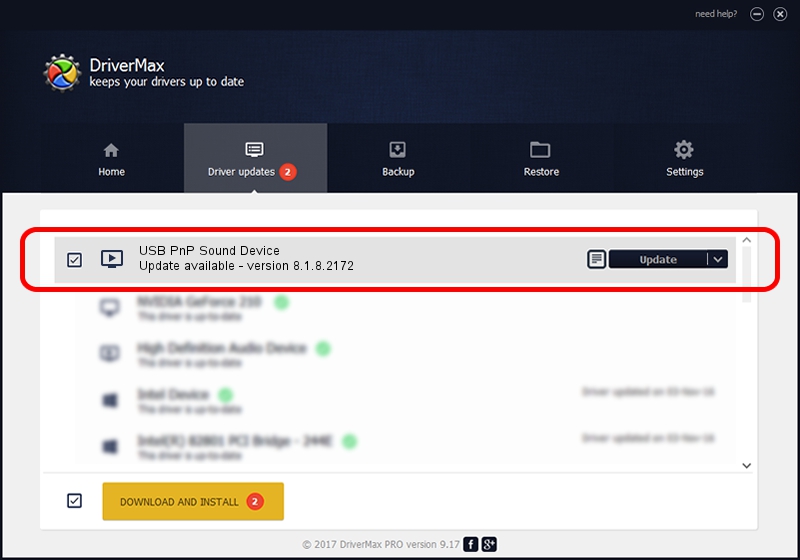

- #Usb pnp audio device driver windows 10 install#
- #Usb pnp audio device driver windows 10 drivers#
- #Usb pnp audio device driver windows 10 windows 10#
- #Usb pnp audio device driver windows 10 Pc#
- #Usb pnp audio device driver windows 10 download#
When the scan is complete, the driver update utility will display a results page showing which drivers are missing or out-of-date:
#Usb pnp audio device driver windows 10 download#
Once you download and run the utility, it will scan for out-of-date or missing drivers: It will Update all of your drivers in just a few clicks, and even backup your drivers before making any changes. The Driver Update Utility automatically finds, downloads and installs the right driver for your hardware and operating system. Automatic updates could save you hours of time. If you are having trouble finding the right driver, stop searching and fix driver problems faster with the Automatic Driver Update Utility. Many device drivers are not updated through the Microsoft Windows Update service.
#Usb pnp audio device driver windows 10 install#
Visit our Driver Support Page for helpful step-by-step videos Install Drivers Automatically In most cases, you will need to reboot your computer in order for the driver update to take effect. Locate the device and model that is having the issue and double-click on it to open the Properties dialog box.Ĭlick the Update Driver button and follow the instructions. In Windows XP, click Start -> Control Panel -> Performance and Maintenance -> System -> Hardware tab -> Device Manager button In Windows Vista, click Start -> Control Panel -> System and Maintenance -> Device Manager In Windows 7, click Start -> Control Panel -> Hardware and Sound -> Device Manager In Windows 8, swipe up from the bottom, or right-click anywhere on the desktop and choose "All Apps" -> swipe or scroll right and choose "Control Panel" (under Windows System section) -> Hardware and Sound -> Device Manager
#Usb pnp audio device driver windows 10 windows 10#
In Windows 11, Windows 10 & Windows 8.1, right-click the Start menu and select Device Manager It allows you to see all of the devices recognized by your system, and the drivers associated with them.

To install a driver in Windows, you will need to use a built-in utility called Device Manager. Note the markings of the location shown, here to be consistent with the previously detected:Įnter lsusb to view the corresponding USB device, and the device shown in the figure indicates that the device is connected.Once you download your new driver, then you need to install it. Start playing the audio you just recorded:Īplay -Dhw:0,0 -f S16_LE -r16000 -t wav sound_16b_16k.wav Note the markings of the location shown, here to be consistent with the previously detected. Press F6, choose the corresponding device, and adjust the volume:Īrecord -Dhw:0,0 -f S16_LE -r16000 -c2 -d 10 -t wav sound_16b_16k.wav See the content as shown in the figure indicates that the corresponding audio input is detected, remember the two positions shown in the label, the latter for the use of the device needs:Įnter the commands, and adjust the volume in the interface: See the content as shown in the figure indicates that the corresponding audio output is detected, remember the two positions shown in the label, later to carry out the use of the device needs:Įnter the command to list sound cards and recording devices:
#Usb pnp audio device driver windows 10 Pc#



 0 kommentar(er)
0 kommentar(er)
